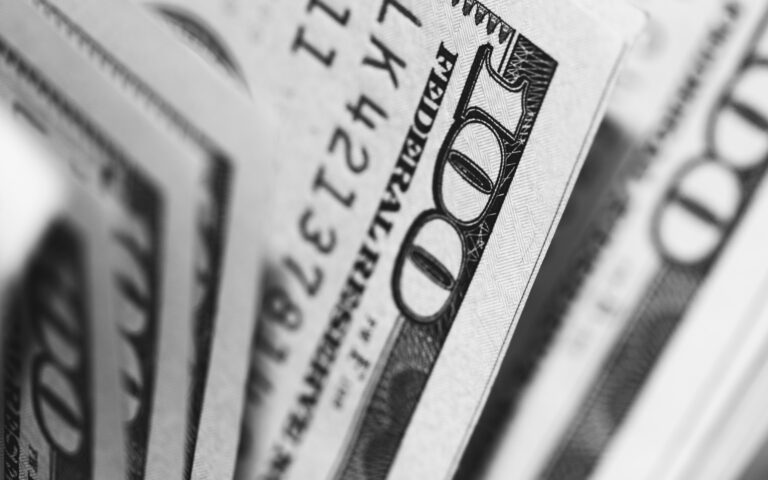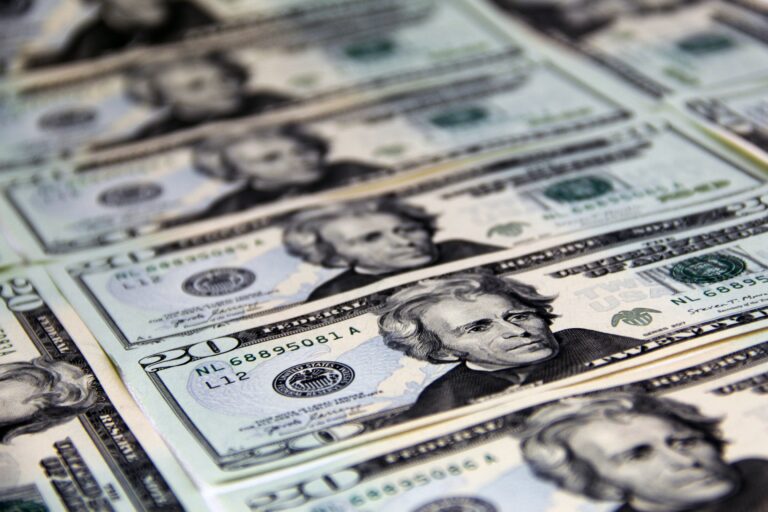
US PCE prices rose 0.4% for January with an annual rate at 1.9% from 1.6% and close to the Fed’s 2% target
US PCE prices rose 0.4% for January with an annual rate at 1.9% from 1.6% and close to the Fed’s 2% target, although the core increase was held to 1.7% and unchanged from the previous month. The ISM manufacturing index rose to 57.7 for February from 56.0 in January and this was the highest reading for over two years which maintained confidence in the outlook.
The dollar was still subjected to some profit taking and the Euro rallied back above the 1.0550 level.
Fed Governor Brainard stated that the US economy appeared to be in a transition phase to a more stable growth path and that gradual interest rate increases are likely to be appropriate soon. There were also comments that a shrinking of the balance sheet could start before too long.
Given that Brainard has consistently been one of the most dovish FOMC members and resisted calls for higher rates, the commentary maintained increased expectations of a March rate increase which continued to support the dollar. The trade-weighted index hit a seven-week high and the Euro was below 1.0550 on Thursday.
Related Insights

Daily Brief – Weren’t Tariffs USD Negative?
Weren’t Tariffs USD Negative? The Dollar proved sensitive to headlines regarding trade during the US overnight session. However, contrary to what many commentaries would have you believe, as the risk of tariffs escalated the Dollar rose. The 90-day pause following Trump’s April ‘liberation day’ tariffs had been set to expire this coming Wednesday. To the […]

Daily Brief – Dollar Reserves
Dollar Reserves With the passing of Trump’s original deadline for the reimposition of liberation day tariffs yesterday, markets have breathed a sigh of relief. July VIX futures continued to slide lower. Moreover, what may surprise anyone who had been expecting the issue of tariffs to resurface following the passing of Trump’s new deadline, so too […]

Daily Brief – Big Girls Don’t Cry
Big Girls Don’t Cry A bond market tantrum and one of the sharpest one day sell offs in Sterling for several years appear to have been catalysed by the Chancellor’s appearance in PMQs yesterday. First: the back story. This Labour government has faced some embarrassment in recent weeks trying to get its welfare bill through […]


 Charles Porter
Charles Porter